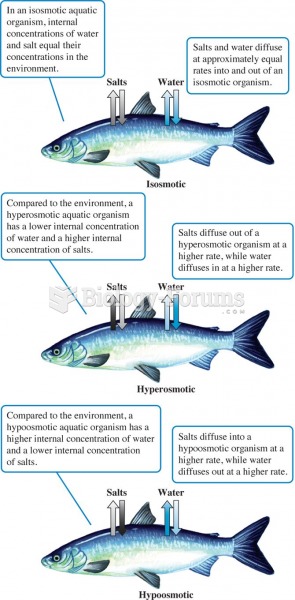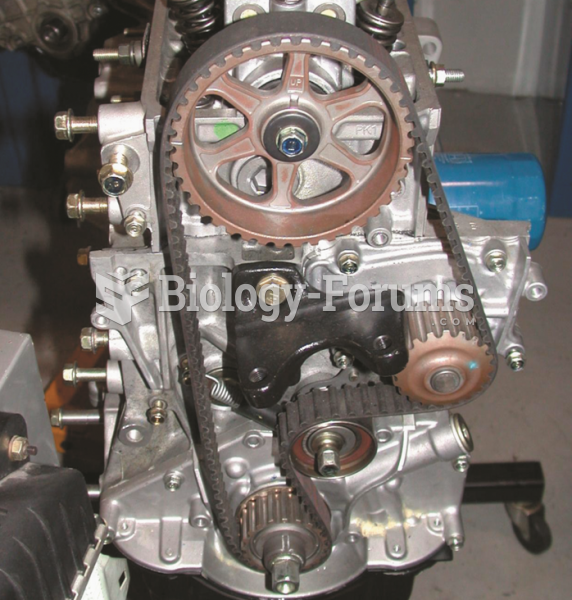|
|
|
Chronic necrotizing aspergillosis has a slowly progressive process that, unlike invasive aspergillosis, does not spread to other organ systems or the blood vessels. It most often affects middle-aged and elderly individuals, spreading to surrounding tissue in the lungs. The disease often does not respond to conventionally successful treatments, and requires individualized therapies in order to keep it from becoming life-threatening.
Fungal nail infections account for up to 30% of all skin infections. They affect 5% of the general population—mostly people over the age of 70.
This year, an estimated 1.4 million Americans will have a new or recurrent heart attack.
The first oral chemotherapy drug for colon cancer was approved by FDA in 2001.
In most cases, kidneys can recover from almost complete loss of function, such as in acute kidney (renal) failure.







